What Can Go Wrong?
- Hit by sports thrown equipment, or struck by passing vehicle or animal
- Trip or collide with sports competitor or spectator
- Assault by individual or group of spectators becoming abusive or aggressive, throwing objects
- Crowd disorder or uncontrolled movement eg surging
- Hearing damage from exposure to excessive noise caused by crowds or sporting activity
- Event fire or other emergency (including Terrorist incident).
Legal/�鶹�� Requirements
- Refer to track / stadium / event organisers to identify local arrangements and site rules
- Sports Ground Safety Authority: (Green Guide) covering spectator safety
- HSE: .
Control Measures
General Controls
- Plan your event with the venue in good time - make sure they understand what you intend to do and what you need from them, and vice versa. Obtain their site safety rules and location / event risk assessments. Use these to inform your own risk assessment process
- Agree all filming/recording positions with the event organisers well ahead of the event, including any tracking or boom-operated activities - where needed for safety, place these behind competitor's sight-lines and out of obvious harms way (e.g. behind golf tee areas, javelin throwing areas, etc.). Consider using remote controlled devices or 'locked-off' broadcast equipment, but these must not pose additional risks to competitors or others
- For ball/puck sports take up positions in designated safe areas, for example, at least 2 metres from edge of play
- Comply with any track or pitch-side zone restrictions and instructions from marshals / stewards on the day
- Be alert to warning horns etc and remain vigilant at track/runway crossing points
- Do not place or leave equipment which could cause an obstruction or trip hazard pitch-side, or in any surrounding areas where competitors may inadvertently come into contact with them. Do not obstruct emergency vehicle routes
- Wear personal protective equipment if advised by venue or determined by risk assessment (e.g. high viz vest, hearing protection, etc)
- Noisy events - assess the risks from these to determine hearing protection requirements. Position the team away from the noise source where possible and/or reduce the time exposed. Crowd noise in stadiums and some indoor venues can present significant risks. Take appropriate hearing protection (available from Safety Equipment Stores).
Specific Controls at Motor Race Tracks
- Plan filming /recording positions to avoid being on the outside of fast bends, or in areas without adequate barrier protection - agree these with the race organisers
- Any filming in and around the grid or pit areas must be defined and agreed ahead of the event with the race organisers, and closely managed and monitored during racing and practice activities
- Enter pits only after getting permission and complying with local rules
- Observe instructions of track organisers and marshalls
- Wear high-viz vest and hearing protection whenever trackside or in the pit area.
Aggression from spectators
- Get intelligence from police, teams involved, local contacts or fixers on likelihood of violence and decide on safe position
- If working abroad, seek information on likely police/security tactics in the event of disorder
- Plan emergency fall back positions, including rendezvous points and communicate to all in the team - know evacuation routes
- Wear �鶹�� logo unless this raises the personal risk
- Use back watcher/second person if conflict is likely
- Familiarise yourself with the sports venue emergency procedures
- Try to diffuse aggression if threatened, but stop recording and leave if you think violence towards you is imminent
- Take and wear safety equipment (stab vests, public order kits) where need for these has been identified.
Division Specific Issues
- Incorporating Radio OB MS M017-09 Sports Grounds.
FAQs/Did You Know?
- The UK government publication ‘Guide to Safety at Sports Grounds’ (the Green Guide) was first published in 1973 after the Ibrox disaster when 66 people were killed. Subsequent versions were published following the Bradford City stadium fire in 1985 when 56 people were killed and the Hillsborough disaster in 1989, when 96 people were killed. The current edition was published in 2008.
Recommended links
Sports topics
-
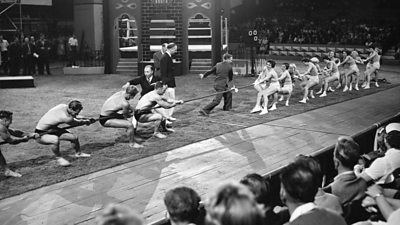
Sport Safety Guide
This guide clearly and concisely sets out the key safety hazards and control measures for different production risks, activities and locations. -
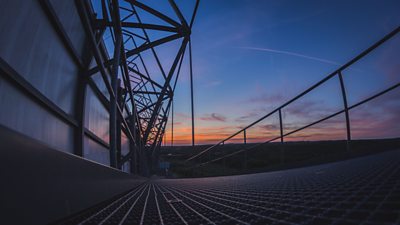
Gantries & High Level Platforms
A guide to working safely on high level gantries, walkways or platforms within stadia, arenas or other public venues -
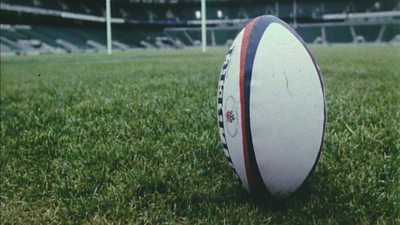
Broadcast: Presentation and Linking Positions
Presentation or linking involving a studio facility; a permanent space or temporary installation. -

Crowds, Demonstrations and Protests
Guidance on working with crowds, demonstrations and protests. -
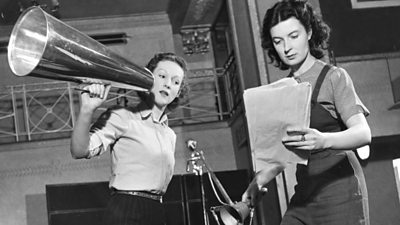
Noise at Work
Guidance on controlling exposure to noise at work. -
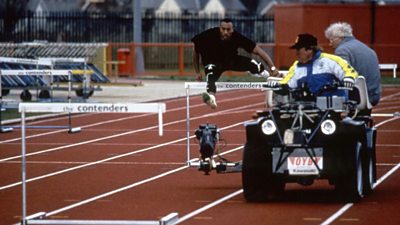
Sports Events: Recording or Filming
A Safety Guideline to the common risks and controls associated with filming and recording at sports events, including track- or pitch-side. -
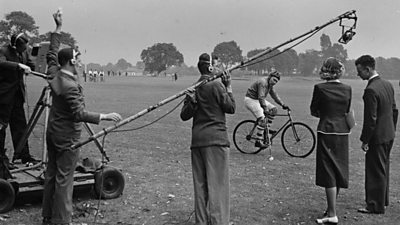
Vehicles Used in Sports Coverage
A guide to the safe use and provision of vehicles used in sports coverage, including quad bikes and golf buggies.
Events Safety Guide
-

Events Safety Guide
Visit the Events Safety Guide for a collection of topics related to organising your event.
More from SSR
-
Your platform to record accidents, risk assessments, assurance monitoring and inspections
-
Safety Equipment Stores
Just one number to call: 020 3614 5155 -
�鶹�� Safety Guidelines
An A-Z of �鶹��'s Health and Safety Guidelines -
Safety Advice Line: 0370 411 0464 Email: safety@bbc.co.uk
Events guidance - key links:
- Exhibitions
- General Guidance
- Indoor Location Recce Checklist
- Outdoor Location Recce Checklist
- Major Incidents & Emergency Planning
- Marketing and Promotional
- Noise Exposure
- Planning and Management
- Responsibilities
- Responsibilities Form
- Laser Lighting Effects
- Strobe Lighting
- Temporary Stages and Rostra
Health topics - key links:
- (�鶹�� network only)
- Contributors Fitness to Participate
- Display Screen Equipment (DSE)
- (�鶹�� network only)
- First Aid and Welfare on Location
- International Travel - Risks & Health
- Manual Handling
- Mental Health: Homepage
- (�鶹�� network only)
- Personal Health and Wellbeing
- Pregnancy
- Psychological Trauma Support & Trauma Risk Management (TRiM)
- Tiredness and Fatigue
- Travel Health Contacts
�鶹�� High Risk - key links:
- CBRN and Industrial Spills
- Covert Filming
- Crisis Management and Security Support
- Demonstrations, Protests and Crowds
- Disaster Coverage
- Door Stepping
- (�鶹�� network only)
- (�鶹�� network only)
- Public Order
- Safety Equipment Stores
�鶹�� Journalism - key links:
�鶹�� Productions - key links:
- Aerial Filming and Airfields
- Animals: Displaying and handling for performance
- Boats: Working on
- Children and Young People
- Driving
- Electrical Equipment and Systems
- First Aid and Welfare on Location
- Food Safety (Cooking and Catering)
- Remote Location Working
- Roads and Streets: Working by
- Security of Productions on Location
- Stunts
- Tiredness and Fatigue
- Unmanned Aerial Systems (UAS aka Drones)
- Vehicles: Recording in, from and around
- Working at Height: Mobile Elevating Work Platforms
- Working at Height: Tower Scaffolds
�鶹�� Radio - key links:
- (�鶹�� Network only)
�鶹�� Security - key links:
�鶹�� Sport - key links:
About this site
This site describes what the �鶹�� does in relation to managing its health, safety and security risks and is intended for those who work directly for the �鶹��.
It is not intended to provide instruction or guidance on how third parties should manage their risks. The �鶹�� cannot be held liable for how this information is interpreted or used by third parties, nor provide any assurance that adopting it would provide any measure of legal compliance. More information
Some links on this site are only accessible when connected to the �鶹�� network
